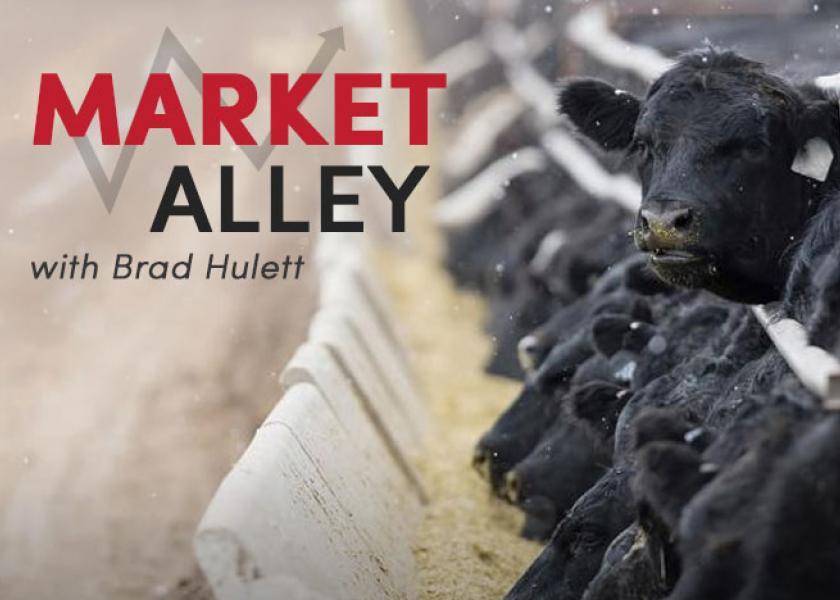Packers Continue to Chase Grade

Cattle feeders saw the quest for high grading cattle push the market up to $122 for the week in the South, $2 higher. Packers are finding it harder and harder to find cattle that will grade 90%-plus Choice and will more than likely have to start buying some lower grading cattle to supplement their harvest.
Cattle feeders in the North also saw packers chasing the higher grading cattle. Their live market rose to $124-$126 and dressed cattle in the mid to upper $190s. Packers are having to push for what inventory is left, due to many of the frontend cattle are already committed to the packer on some type of grid.
With the number of extremely high grading cattle becoming fewer each week, packers may have to dip down slightly in quality and take on some of the more plant average cattle that have been pushed back for several weeks.







